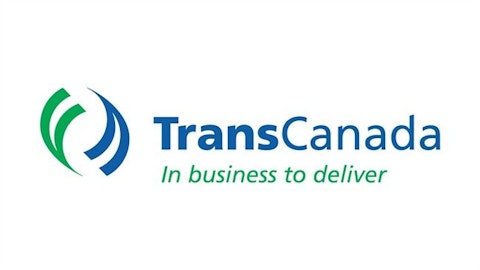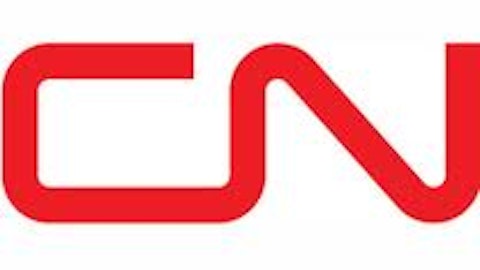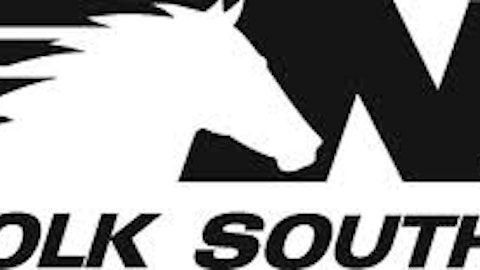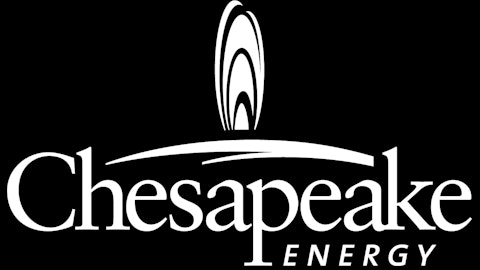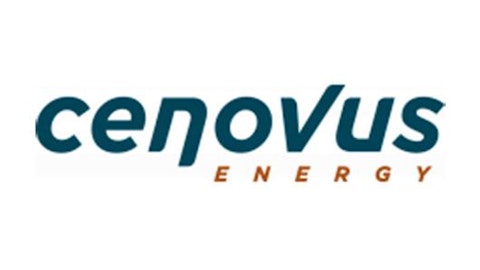Canadian oil sand producers face a new challenge – a looming shortage of pipeline diluent. And the problem threatens the industry’s development.
Growing shortage
Bitumen – the sticky, tar-like substance mined from the oil sands – is too thick to flow by itself. Rather it must be blended with lighter hydrocarbons, super-light oil called condensate and other natural gas liquids, in order to be shipped by pipeline. These products are called diluent.
Costs are rising. Alberta condensate prices averaged $108/b during the first three months of 2013, up $11/b from the fourth quarter of 2012. But demand for diluent is poised to increase further for two reasons.
First is rapidly growing oil sands production. Three barrels of bitumen require one barrel of condensate to flow freely. Oil sands output is expected to double to 3.8 million b/d by 2022.
Second, oil sand players are balking at building expensive upgrade plants which convert bitumen into refinery ready oil.
Both of these factors could push the demand for diluent from 330,000 b/d today to 935,000 b/d in ten years.
Earlier this year, Suncor Energy Inc. (USA) (NYSE:SU) canned its $11.6 billion Voyageur upgrade facility due to falling crude prices and rising operating costs. The decision resulted in a $1.5 billion write-down and has increased the company’s demand for diluent.
Condensate imports from the United States are set to surge and imports could increase from 150,000 b/d today to 700,000 b/d by the end of the decade. But it won’t come cheap.
It could get worse
Pipeline developments could have big implications on condensate prices.
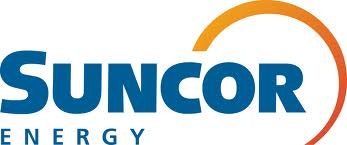
To address the same problem Enbridge Inc (USA) (NYSE:ENB) has also proposed its controversial Northern Gateway pipeline that would ship 525,000 b/d of Alberta crude to the Canadian west coast.
What’s the key difference between these two projects?
Enbridge Inc (USA) (NYSE:ENB)’s Northern Gateway project includes a twin pipeline that would ship 193,000 b/d of condensate imports east from Kitimat, British Columbia to Edmonton, Alberta. In contrast, Kinder Morgan Inc (NYSE:KMI)’s Trans Mountain expansion project has no such condensate flow proposal.
The condensate shortage could worsen substantially if Northern Gateway is rejected and Trans Mountain is approved.
At the moment neither pipeline appears likely to be approved. In May, Northern Gateway was rejected by the British Columbia provincial government. The prospects for Kinder Morgan Inc (NYSE:KMI)’s proposal is also in doubt after a spill on the Trans Mountain route was reported last month.
Investor implications
For upstream producers like Suncor Energy Inc. (USA) (NYSE:SU), rising condensate prices presents another challenge to the already growing list of problems for producers. Rising costs will cut into the company’s margins and management may be forced to shelve expansion projects.
Last year, Suncor produced 325,000 b/d from the oil sands and analysts project output to grow 10% annually over the next decade. Those expectations may need to be cut back.
In addition, there’re no financial products available to hedge condensate prices. Suncor Energy Inc. (USA) (NYSE:SU) and other producers may be forced to buy light-oil assets to reduce their risk.
However, this challenge does present an opportunity.
Railroads don’t require bitumen producers to use diluent in their shipments. Rising condensate prices will only make crude-by-rail shipments more attractive.
Canadian National Railway (USA) (NYSE:CNI) is a big beneficiary of this trend. Analysts project crude by rail shipments to reach 110,000 b/d by the end of the year. By 2015, CN is projected to ship 300,000 b/d with crude shipments accounting for 7%-8% of revenues. However, the growing condensate shortage may force analysts to raise those expectations.
There’s only one hiccup in this story – railroads are struggling to meet rising shipping demand due to a shortage for rail cars and loading terminal facilities.
Foolish bottom line
Rising condensate prices is just another addition to the growing list of challenges plaguing the Canadian oil patch. Chronic labor shortage, pipeline gridlock, and environmental activism are making the economics of operating in this space more challenging.
Robert Baillieul has no position in any stocks mentioned. The Motley Fool recommends Canadian National Railway.
The article Looming Supply Shortage in the Oil Sands originally appeared on Fool.com.
Copyright © 1995 – 2013 The Motley Fool, LLC. All rights reserved. The Motley Fool has a disclosure policy.
